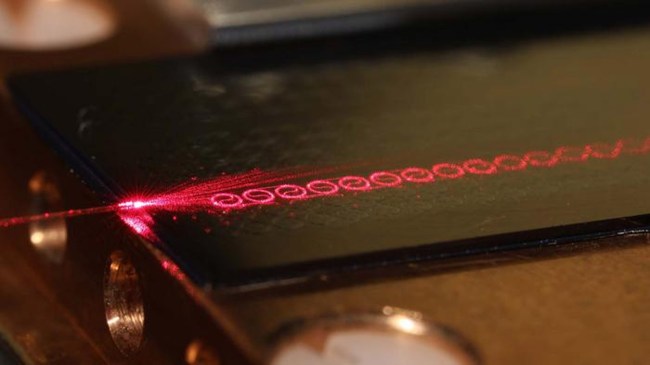Chalmers University of Technology | Vijay Shekhawat
Are you ready for internet that’s at least 10 times faster? Because scientists on a research team from Chalmers University of Technology in Sweden have created a new amplifier that enables the transmission of ten times more data per second than current fiber-optic systems.
With more and more data being transmitted than ever before thanks to advancements in artificial intelligence (AI) and the rapid increase in the number of smart devices and streaming services, the demand for more advanced communication systems is greater than ever. In fact, by the year 2030, the amount of data currently being transmitted is expected to double.
The newly-created amplifier made of silicon nitride fits on a small chip and “is the first instance of achieving such a large bandwidth” on a chip of that size, according to Peter Andrekson, Professor of Photonics at Chalmers and lead author of the study published in Nature.
“The amplifiers currently used in optical communication systems have a bandwidth of approximately 30 nanometers. Our amplifier, however, boasts a bandwidth of 300 nanometers, enabling it to transmit ten times more data per second than those of existing systems,” Andrekson continued.
This means it has broad application potential, such as making laser systems smaller and more affordable, including those used in medical diagnostics and treatment.
Andrekson also explained that this amplifier also has the capability “to amplify very weak signals, such as those used in space communication.” They researchers were also able to integrate multiple amplifiers onto a chip, allowing it to be easily scaled up.
“Minor adjustments to the design would enable the amplification of visible and infrared light as well. This means the amplifier could be utilized in laser systems for medical diagnostics, analysis, and treatment. A large bandwidth allows for more precise analyses and imaging of tissues and organs, facilitating earlier detection of diseases,” said Andrekson.
In addition to that, Andrekson said a single laser system based on this amplifier “could also be applied in imaging, holography, spectroscopy, microscopy, and material and component characterization at entirely different wavelengths.”
Content shared from brobible.com.

